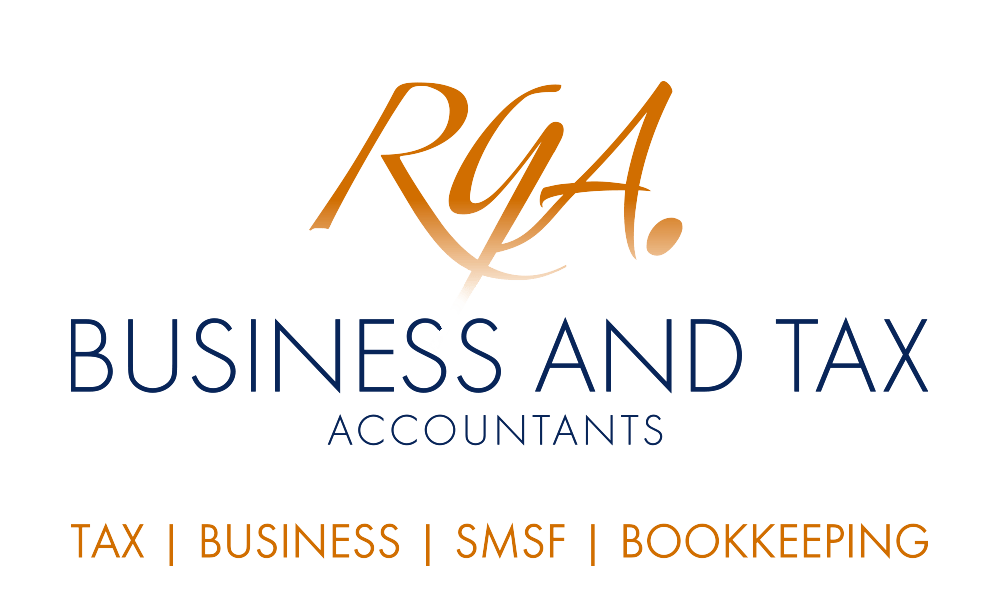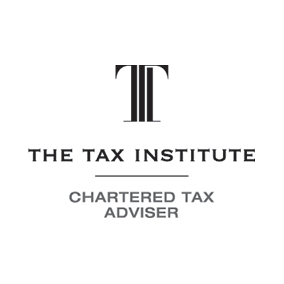How to claim your work at home expenses

There are generally 3 ways of claiming work at home expenses, all of which give a different outcome. It is up to individual taxpayers to work out which method suits them best and gives them the biggest deduction. Remember to claim the expenses you have to be doing more than “minimal tasks”, the ATO says it has to be “substantive”, so simply checking emails or taking calls at home will not qualify.
There are a lot more of us working from than ever before. So, can you claim all or some of the additional costs off your tax? Yes, you can! There are 3 options for claiming working from home expenses. The question of whether it’s all or some depends on the method chosen.
- First, employees working from home can calculate the deduction by using a fixed rate. This is set at 80 cents for each hour worked at home – the ATO calls this the “shortcut method”. It was introduced as a result of the large number of people working from home due to COVID-19.
The 80-cent method is temporary, you can only use it to work out your deduction for work from home expenses:
- between 1 March to 30 June 2020 in the 2019–20 income year
- for the 2020–21 income year.
The shortcut method ends on 30 June 2021.
The 80-cent rate is simple and easy. To qualify, a taxpayer must be working from home and must incur additional running expenses. For example, if a home computer had only ever been used for private purposes and is now being used to fulfil employment duties or in running a business, it would be an additional running expense. The ATO states that minimal tasks such as occasionally checking email or taking calls while at home will not qualify as working from home. The work must be “substantive “.
The 80-cent rate covers all additional running expenses, including electricity and gas, cleaning, phone and internet. If this method is used, no other work from home expenses can be claimed.
Taxpayers do not need to have a dedicated area to use the 80-cent rate. So, you can put the computer on the kitchen table – next to the kids’ homework – work away and claim the deduction.
However, taxpayers will need to keep a record of the hours they have worked at home, which can be in the form of a diary (or timesheets, rosters etc). Contact us for a sample diary spreadsheet. See the ATO video here for more information about this method.
2. Second, prior to the shortcut method being announced, the fixed rate was 52 cents for each hour worked at home. This can still be used. The 52-cent rate method also applies to what the ATO terms “running costs”. It is 52 cents for each hour worked at home and is intended to cover the expenses such as electricity and gas, and the cost of repairs to home office equipment, furniture and furnishings.
However, it is more important to know what the 52-cent rate does not cover. It excludes things like phone and internet, computer consumables and stationery and depreciation for items like phones, computers and laptops.
If you want to claim for these expenses (like a new laptop), then you need to calculate their work-related use separately. This requires diaries, receipts, detailed phone accounts etc. This instantly makes it more complicated, but can give you a bigger deduction.
To use the 52-cent rate, taxpayers must have a “dedicated work area”, such as a home office.
3. The third option is where all the actual costs are recorded and apportioned on the basis of the work-related proportion. It for largely used by people who have a home office, eg a doctor’s consulting rooms within a private residence – so we won’t focus on it now. However, please contact us if you think it may apply to you.
Want to find out more?
For some taxpayers, the 80-cent rate is best, for others the 52-cent rate, and for others the full work at home deduction gives the best outcome. Let us help you work out what will give you the best financial outcome.
Email us at Robert Goodman Accountants at reception@rgoodman.com.au . © Copyright 2021 Thomson Reuters. All rights reserved. Brought to you by Robert Goodman Accountants.









